Some tips for spraying lacquer
David Perfette
5 years ago
last modified: 5 years ago
Featured Answer
Sort by:Oldest
Comments (14)
User
5 years agolast modified: 5 years agoDavid Perfette
5 years agoRelated Discussions
Can daily (over?) spraying cause roots' green tips to disappear?
Comments (6)But the thing is that they probably water their plants everyday and fertilize often and having such resources to help the plant not to be sunburned but you can always ask the supplier about the way they take care of their plants and realize that you may be living in a completely different habitat compared to the plant's original home and its best to acuminate the plant to your area for several weeks under part shade then accumilate to brighter light because I do have a mokara and my experience tells me if the plant can take it or not and mokaras like to be moist for best growth and the leaves should be a healthy glow of green not too dark or light so for now lower the sun so the plant can accumilate to the tempature and water a little bit more that a mist and the water should come out of the pot and water it several times a week or until the media dries out then water again. And you can always email me by clicking my page....See MoreSome Deer Tips From Painful Experience
Comments (10)Here's a recipe for "Homebrew". Don't apply when weather is under 40 or over 80 degrees, don't apply when plants will get full sun. Thanks to the site below, visit it for great info on living with deer. Garlic, Eggs and Tabasco Combine one garlic clove, one egg, 1 tablespoon Tabasco sauce and, one cup water. Mix in a blender. Let the concoction sit to ferment for several days. Apply fermented mixture to plants. Warning - This deterrent has been known to repulse humans too! Here is a link that might be useful: My Deer Garden...See MoreBest way to clean dried latex off airless spray tips etc
Comments (2)You might try soaking them in lacquer thinner overnight and then scrub them with a stiff bristled brush. You could also use a hotter faster flashing solvent like MEK but be careful this stuff is pretty potent. Good luck........See MoreGreat tips: some you may know, some you may not...
Comments (7)Re: cornmeal and ants. Have been having a problem with ants on my sunporch. They seem to be living underneath and coming up through cracks in the tile floor. There's no way for me to get to where they live to spray (and I don't like sprays anyway). So I mixed up some cornmeal and borax in a little deli container lid and left it near where they've been arriving. It's been about a week, and the problem has considerably slowed. BUT they seem to be 'burying their dead' in the cornmeal mixture. I've actually seen a live ant dragging and leaving a dead one there! and there were several little carcasses last I looked. But hey--if it works, without dangerous chemicals, or smells that will give me respiratory problems, I'm thrilled....See MoreAnglophilia
5 years agoDavid Perfette
5 years agoDavid Perfette
5 years agoDavid Perfette
5 years agojdesign_gw
5 years agoDavid Perfette
5 years agobry911
5 years agolast modified: 5 years ago
Related Stories

HOUSEKEEPINGLower Your Heating Bills With Some Simple Weather Stripping
Plug the holes in your house this winter to make sure cold air stays where it belongs: outside
Full Story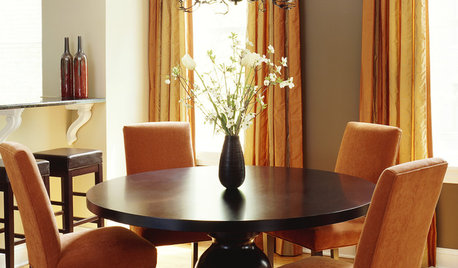
GRAYGoing Greige: Tips for Choosing This All-Around Neutral
Here are some ways to highlight and complement your home with this elegant hybrid of gray and beige
Full Story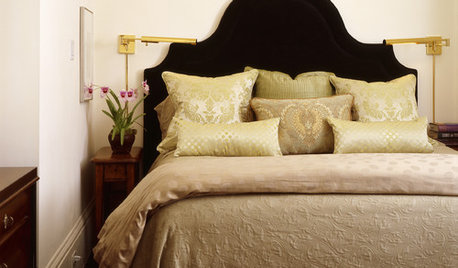
BEDROOMS9 Tips for a Well-Dressed Bed
How to Stack Those Decorative Pillows and Coverlets? Some Ideas to Sleep On
Full Story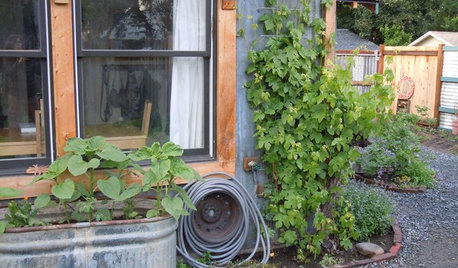
GARDENING GUIDESEdible Gardening Essentials: Tips for Traditional Hand Watering
Save the expense and hassle of a complicated garden system with a simple watering can or inexpensive hose add-ons
Full Story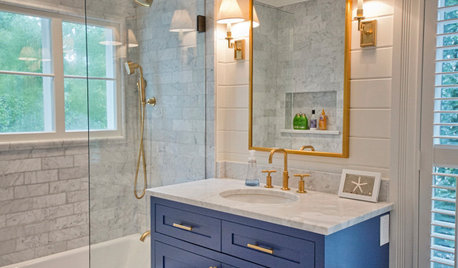
BATHROOM DESIGN12 Designer Tips to Make a Small Bathroom Better
Ensure your small bathroom is comfortable, not cramped, by using every inch wisely
Full Story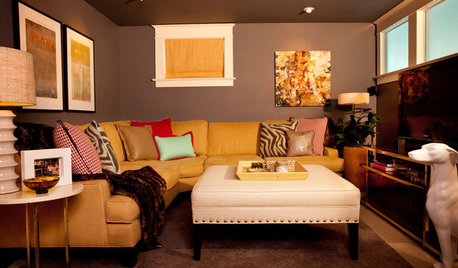
FURNITURESectional, Meet Ottoman: Matchmaking Tips
Ensure a happy union in the living room with these how-tos for picking just the right ottoman partner for your sectional sofa
Full Story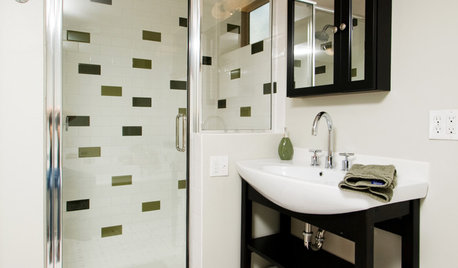
REMODELING GUIDESContractor Tips: 5 Easy Ways to Get a Greener Home
Forget a fleet of solar panels (for now). These ideas can make your home a whole lot greener when money or time is in short supply
Full Story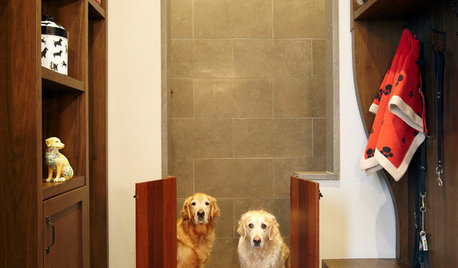
PETS15 Doggone-Good Tips for a Pet Washing Station
Turn a dreaded chore into an easier task with a handheld sprayer, an elevated sink or even a dedicated doggie tub
Full Story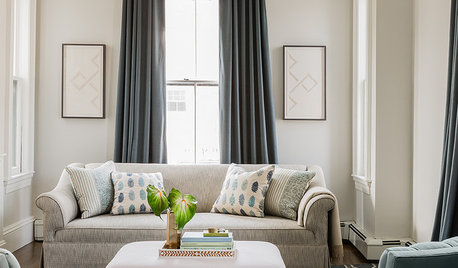
LIFEYou Said It: Imagine It Empty and More Tips of the Week
Home projects from the past week can help you break through a creative block
Full Story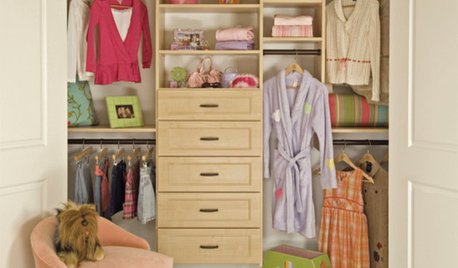
ORGANIZINGGet Up to Speed for Back to School — 12 Tips for Smooth Sailing
New schedules and clothes, paperwork piles ... and where did all the Band-Aids go? These tips will help you ace the new school year
Full Story


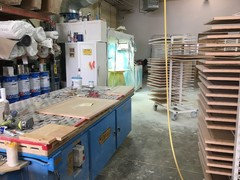
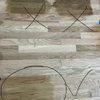


bry911